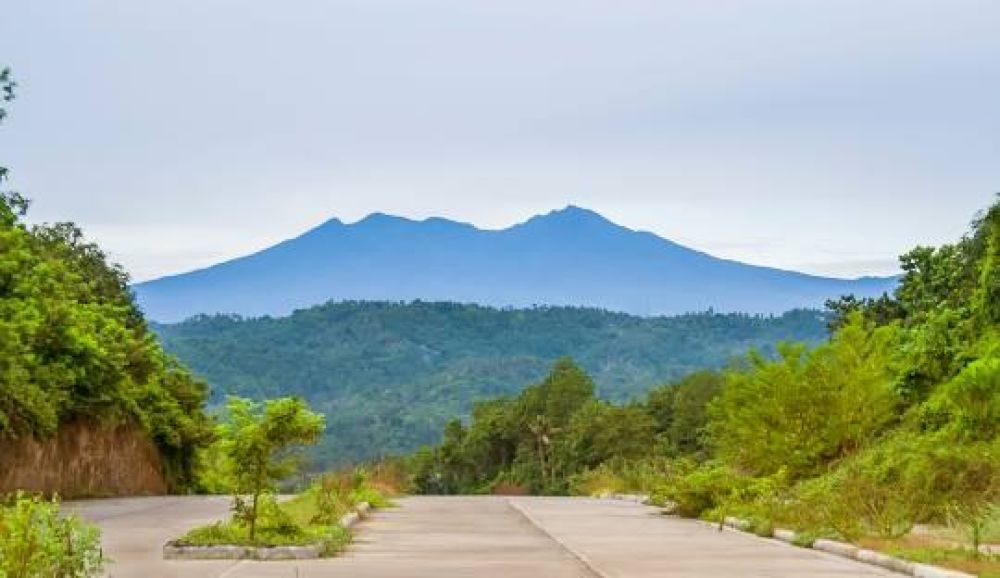

As the highest mountain in the Philippines, Mount Apo stands as a prominent destination for tourists seeking adventure, natural beauty, and a glimpse of the rich biodiversity in Davao. With its summit reaching approximately 2,954 meters above sea level, Mount Apo is not only a significant geological feature but is also steeped in cultural and spiritual importance for the indigenous people.
Historically, Mount Apo has been held sacred by the native ethnic groups surrounding it. These groups include the Bagobo, Manobo, and Tboli tribes, who considered the mountain as a place of worship and performed rituals there. The first recorded ascent was in 1880 by a party led by Don Joaquin Rajal, which marked the beginning of Mount Apo's allure to climbers and explorers.
Throughout the early 20th century, as the Philippines became more accessible to international travelers, Mount Apo started to draw more adventurous tourists. However, tourism was not officially promoted until later when infrastructure in the region developed and awareness of its ecological significance took root.
Mount Apo was declared a national park in May 1936 by the former President of the Philippines, Manuel L. Quezon, in recognition of its natural significance and unique biodiversity. This status promoted the conservation of the area and began to attract tourists interested in the natural environment and in participating in eco-friendly activities.
In the latter half of the 20th century, Mount Apo became the centerpiece of ecotourism in Davao, as efforts were increased to protect its flora and fauna. The diversity of species, some of which are endemic to the mountain like the Philippine eagle and the Mount Apo rat, became a focal point for conservationists and nature enthusiasts alike.
The turn of the century brought with it a more structured approach to tourism. Recognizing the need to balance environmental preservation with tourism, the local government and various stakeholders implemented stricter regulations on trekking and visitor limits. Mount Apo is regularly closed to hikers to allow for rest and recovery periods for the environment.
In the current tourism trend, Mount Apo embraces sustainability and responsible tourism. Tourists are encouraged to minimize their environmental impact and are often educated on the significance of the mountain's ecosystems. Adventure tourism has also begun to rise in popularity, with activities such as mountain climbing, bird watching, and exploring the numerous hot springs, lakes, and waterfalls that the area offers.
Mount Apo continues to be a prime example of a destination that balances tourism with conservation. Hiking trails and public amenities are continually being improved to enhance visitor experience while maintaining ecological integrity. The introduction of controlled and guided tours has allowed even novice trekkers to enjoy the splendor of Mount Apo under the watchful guidance of local experts well-versed in the mountain's geography and heritage.
With the recent explosion of social media and digital platforms, Mount Apo has gained even more popularity as a photogenic and bucket-list-worthy destination. As the world moves towards more sustainable travel, Mount Apo's tourism scene is well-positioned to grow while still preserving the natural beauty that has made it legendary among mountains in the Philippines.